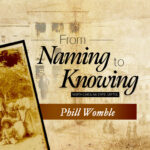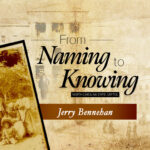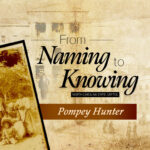The following enslaved men built and sustained the Capitol from 1831 until 1865:
William Abott – George Andrews – James Andrews – Simon Andrews – Arthur Baker – Buck Baker – Ephraim Baker – Tom Battle – Jerry Bennehan – Henry Blount – Junius Brickle – Gilbert Buffalo – Clayton Cannon – Stepney Cannon – Gabe Cobbs -Dick Coman – Henderson Coman – Ingram Coman – John Coman – Matthew Coman – Sam Coman – Anderson Cooke – Benjamin Cooke – Edmund Cooke – Horace Cooke – Robert Cooke – Buck Cotton – Daniel Cotton – Riddick Cotton – Sampson Cotton – Wiley Cotton – James Curtis – Burrell Dilliard – John Dilliard – Boston Finch – Henry Ford – William Ford – Peter Gaddy – Anthony Gales – Sam Gales – John Geddy – Roger Haley – Isaac Harrison – Isam Harrison – Peter Harrison – Phill Harrison – Tim Harrison – Abraham Haywood – Anderson Haywood – Cato Haywood – Charles Haywood – Elich Haywood – Henry Haywood – Jacob Stanley – John Haywood – Joseph Haywood – Moses Haywood – Peter Haywood – Phillip Haywood – Rochester Haywood – Sam Haywood – Sandy Haywood – Wiley Haywood – Jack High – Jim High – Anderson Hill – Washington Hill – Bob Hinton – Henry Hinton – Jerry Hinton – Abraham Hunt – Peter Hunter – Pompey Hunter – Allen Hutchings – Ned Hutchins – Sam Hutchins – Dick Jones – Friday Jones – Logan Jones – Robin Jones – Roger Kelly – Lunsford Lane – Handy Lockhart – John M’Pheeters – Simon M’Pheeters – Henry Marshall – Beverly Morning – Edmund Nichols – Fountain Nichols – Sandy Nichols – Taylor Nichols – Thomas Nichols – William Nichols – Yancy Nichols – John Noyes – Nat Peck – Ned Peck – Anderson Phillips – Willis Polk – William Pruitt – Wesley Pulham – Bob Pulliam – Ivan Robinson – Glasgow Saunders – Henry Saunders – Peter Saunders – Washington Saunders – Jordan Spruill – Caesar Stone – David Stone – George Stone – Giles Stone – Nelson Stone – Reuben Stone – Robin Stone – Nathan Stuart – Isham Terrell – Garland Terry – Richard Terry – Horace Thomas – Joseph Thomas – Joshua Thompson – Alston Tucker – Unnamed – Lewis Ward – Alfred Wheaton – Andrew Whitaker – Frank Whitaker – Madison William – August Williams – Elisha Williams – Evans Williams – Tom Williams – William Winters – Phill Womble – Frank Wrinn – Squire Wrinn – Daniel Young – Isham Young – Joseph Young
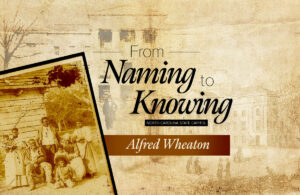
Alfred Wheaton
Alfred Wheaton was born around 1807. After Emancipation, Alfred was a trustee of Manly Street Christian Church.
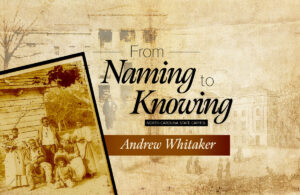
Andrew Whitaker
Andrew Whitaker was a laborer during the Capitol’s construction. His enslaver operated a piano shop, where Andrew may have worked.
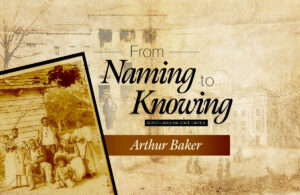
Arthur Baker
Arthur Baker was born around 1788. After Arthur labored at the Capitol, his enslaver may have moved him to a plantation in Florida.
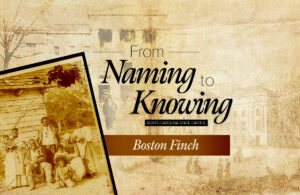
Boston Finch
Boston Finch was born around 1800. Though we are unsure of many details of his early life, at some point he married his wife Harriett. After Emancipation, Boston lived in Raleigh and worked as a gardener.
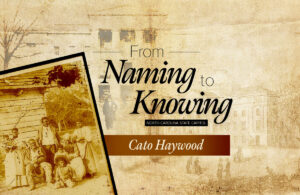
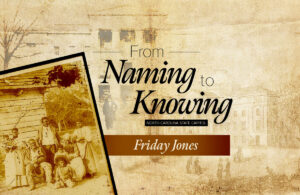
Friday Jones
Most of what we know about Friday comes from his 1883 autobiography Days of Bondage: Autobiography of Friday Jones, Being a Brief Narrative of his Tirals and Tribulations in Slavery.
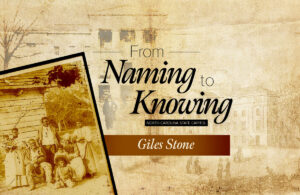
Giles Stone
Giles Stone was born on October 9th, 1815. His enslaver Sarah Stone listed his birthday on an 1819 list found in her journal. When he began working at the Capitol, he was about 18 years old.
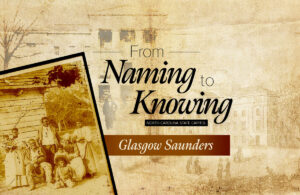
Glasgow Saunders
Glasgow Saunders was highly paid for this project; his labor was valued at $1.00 per day, double what the labor of most of the enslaved men generated.

Handy Lockhart
Cabinetmaker Handy Lockhart helped craft more than 170 pieces of furniture, namely desks, chairs, and tables, for use in the House and Senate Chambers. He was a well-connected, politically active man of faith in the years after he gained his freedom.
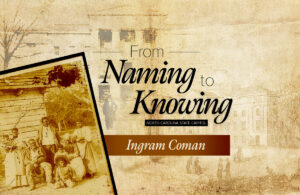
Ingram Coman
Ingram Coman was a laborer. Ingram, along with Sam, John, and Henderson Coman, are also listed on receipts detailing payments for labor in the construction of the Capitol.
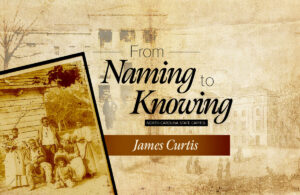
James Curtis
James’s name appeared in the 1834 May Time Books as a “quarry hand.”
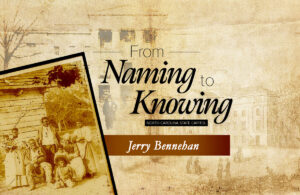
Jerry Bennehan
A receipt from 1834 noted that an enslaved man named Jerry Bennehan had hauled an anvil and bellows from Fayetteville to the Capitol. Jerry was enslaved at Stagville, a plantation in central North Carolina about a day’s ride from the Capitol.
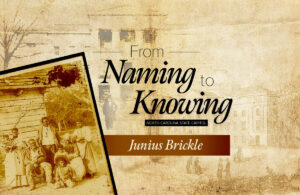
Junius Brickle
Junius Brickle was probably born around 1806 to Bill Holmes and Nancy Brickle. He picked up his own compensation from the Capitol project – his mark can be seen in state records.
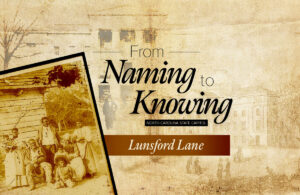
Lunsford Lane
Lunsford Lane was born on May 30, 1803. He later wrote The Narrative of Lunsford Lane, Formerly of Raleigh, N.C. Embracing an Account of His Early Life, the Redemption by Purchase of Himself and Family from Slavery, and His Banishment from the Place of His Birth for the Crime of Wearing a Colored Skin. Published by Himself.
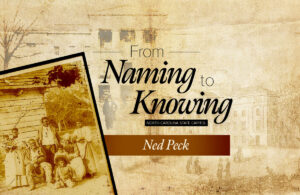
Ned Peck
It is likely that Ned was born around 1802. Ned worked during the Capitol’s construction as a “quarryman.” Ned is mentioned multiple times in the will of his enslaver.
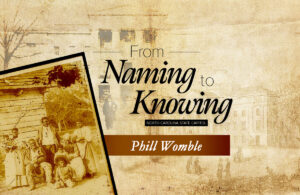
Phill Womble
Though very little is currently known about Phill’s life, he worked at the Capitol as a laborer and may have worked in the grocery store of his enslaver.
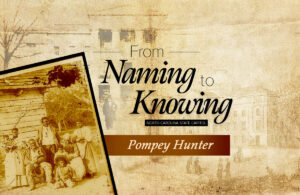
Pompey Hunter
After Emancipation, Pompey Hunter relocated from Wake County to Bibb County, Georgia. He lived there with his wife and family, working as a gardener.
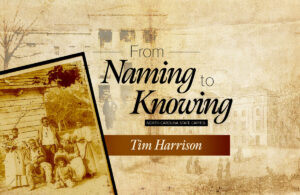
Tim Harrison
Tim Harrison was born around 1795. He is listed on the Capitol project as a “laborer” and his enslavers were compensated $.50 per day for Tim’s work. Tim sought freedom multiple times.
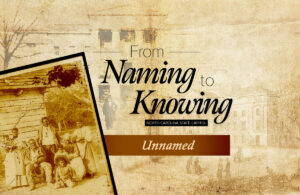
Unnamed
Retracing the lives of enslaved people is a difficult process, as those updating written records were primarily White people and often enslavers. At time, historical documents refer to enslaved laborers at the Capitol but do not record names – we recognize and remember those individuals with “Unnamed.”
